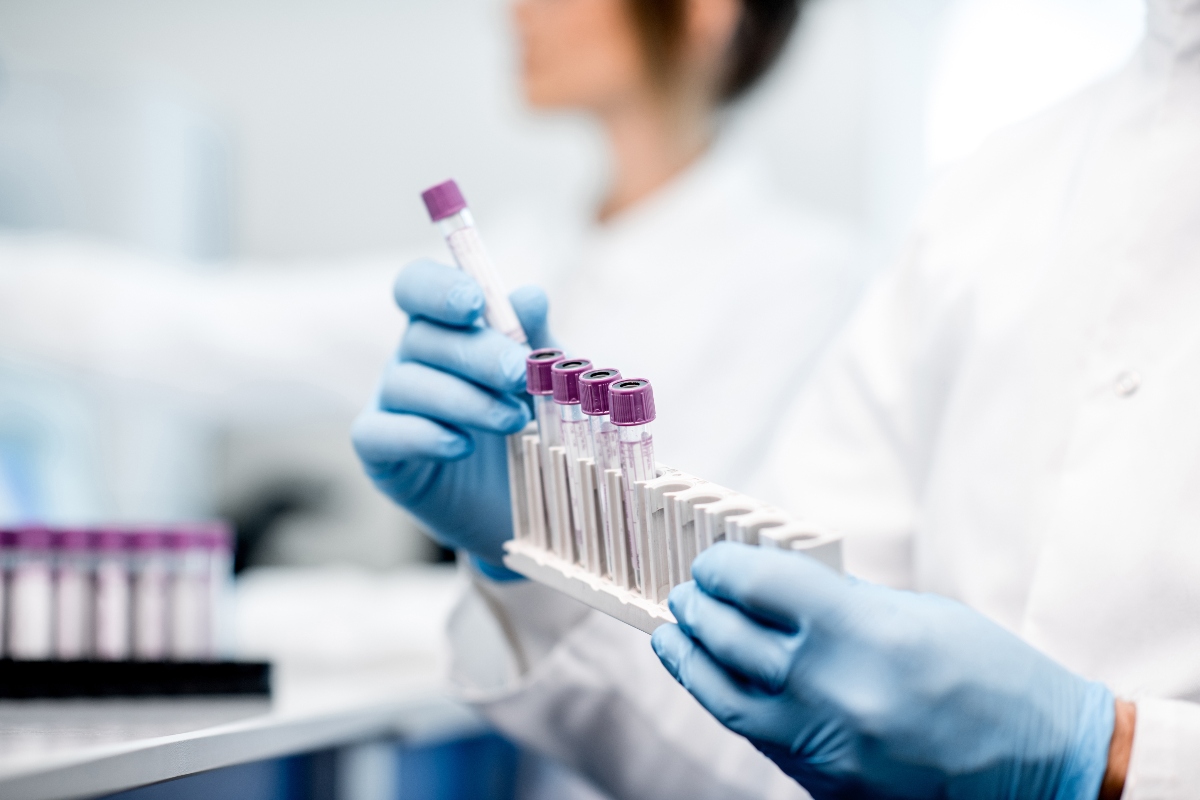 The measures of biosensor performance and how to improve accuracy"
class="w-full h-full object-cover"
/>
The measures of biosensor performance and how to improve accuracy"
class="w-full h-full object-cover"
/>
The measures of biosensor performance and how to improve accuracy
Advanced biosensors have the potential to reshape the diagnostic and analytical landscapes of healthcare, environmental monitoring and industrial processing. However, the utility of any biosensor like those intended for point-of-care (PoC) or real-time deployment hinges on a discrete set of performance characteristics. Sensitivity, precision, response time and manufacturability are the key criteria by which a biosensor’s efficacy is judged.
Engineers need a clear understanding of the significant measures of biosensor performance and how next-generation carbon-based nanomaterials are enabling measurable improvements in biosensor fidelity, robustness and analytical power.
Key performance metrics in biosensing
To evaluate and improve biosensor effectiveness, engineers and researchers rely on a set of core performance metrics. These parameters determine how reliably a sensor can detect, quantify and respond to biological signals, both in controlled settings and real-world environments.
Sensitivity
Sensitivity is the extent to which the sensor's signal responds to incremental changes in analyte concentration. Clinically relevant biomarkers often exist in femtomolar to attomolar concentrations, particularly in complex fluids like saliva or sweat. For electrochemical biosensors in particular, their transduction layer must offer efficient electron transfer and maximised surface area to capture these low-abundance targets.
Precision
Precision captures the reproducibility of a sensor’s output under repeated or varied conditions. In diagnostics, particularly in longitudinal or continuous monitoring, stable and drift-free performance is essential. Factors like biofouling can diminish precision in these cases and need to be taken into consideration.
Response time
Response time refers to how quickly a sensor produces a stable output after encountering the target analyte. In time-critical scenarios, such as glucose monitoring for diabetics or cardiac marker detection, rapid feedback is essential.
Manufacturability
Manufacturability assesses how easily and reproducibly a biosensor can be fabricated at scale, with minimal variability between batches. Sensors attempting to reach commercialisation or regulatory approval must demonstrate uniformity and quality control at every step. This is one of the major current challenges facing biosensing as traditional transducer materials like graphene and gold face batch-to-batch reproducibility and cost challenges, especially when seeking targets at low concentrations.
Enhancing biosensor performance through materials engineering
Achieving excellence across these five metrics increasingly depends on the underlying material platform of the biosensor. Specifically, on how the sensor surface interacts with biological targets, transduces signals and maintains performance under operational constraints. New carbon-based nanomaterials, particularly three-dimensional porous architectures, offer transformative benefits in these respects.
Amplifying sensitivity through high surface area
Three-dimensional carbon frameworks dramatically increase the available electrochemical interface, allowing dense immobilisation of bioreceptors. This high surface-to-volume ratio improves signal magnitude in response to low analyte concentrations, enhancing sensitivity as a result.
Maintaining signal stability and reproducibility
Non-covalent functionalisation methods are stronger and often enhance performance by enabling stable attachment of receptor molecules without introducing lattice defects that compromise conductivity. This preserves signal stability across repeated measurements and environmental variations.
Improving response time through efficient transport
Porous carbon scaffolds facilitate rapid diffusion of analytes and enable fast biorecognition kinetics. Combined with efficient charge transfer, this architecture ensures near-instantaneous signal generation upon target binding.
Enabling scalable and repeatable fabrication
Modern carbon nanomaterials can be fabricated through catalyst-free, template-free processes that are compatible with roll-to-roll production, screen printing and flexible electronics. This allows for batch-consistent, scalable biosensor manufacturing with high yield and reproducibility.
Realising the next generation of biosensors
Delivering high-performance biosensing across these four critical metrics of sensitivity, precision, response time and manufacturability demands a new class of materials.
Gii is a carbon nanomaterial that is specifically engineered to meet this challenge. Their three-dimensional porous structure, ultra-high conductivity and compatibility allow for ultra-low LODs in complex biofluids, high signal precision and stability, rapid detection across multiple analytes and scalable, reproducible manufacturing.
By enabling scalable, high-accuracy sensing systems, Gii’s materials are redefining what’s possible for biosensor development across clinical, industrial and environmental domains. To find out more about its innovative capabilities, download our guide below.

.jpg)

